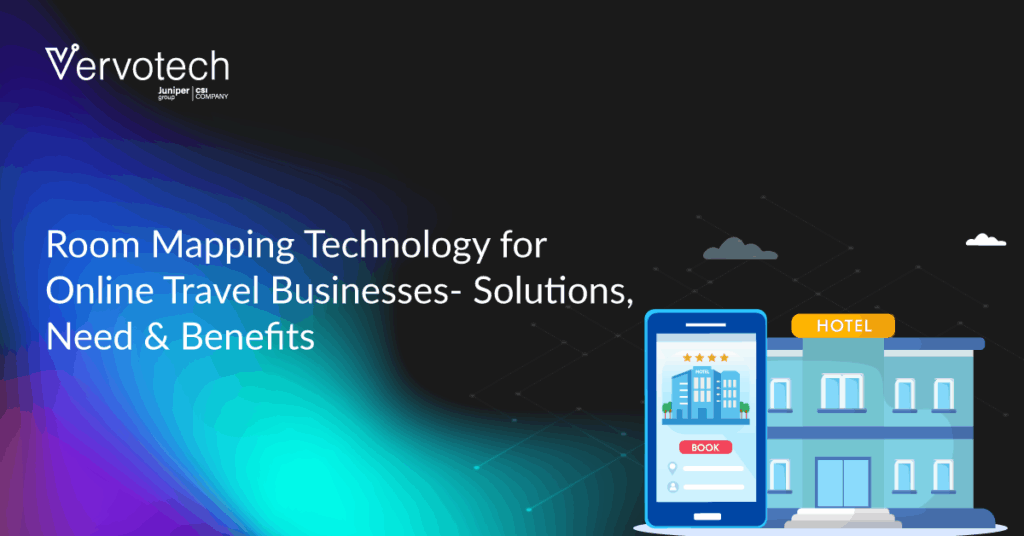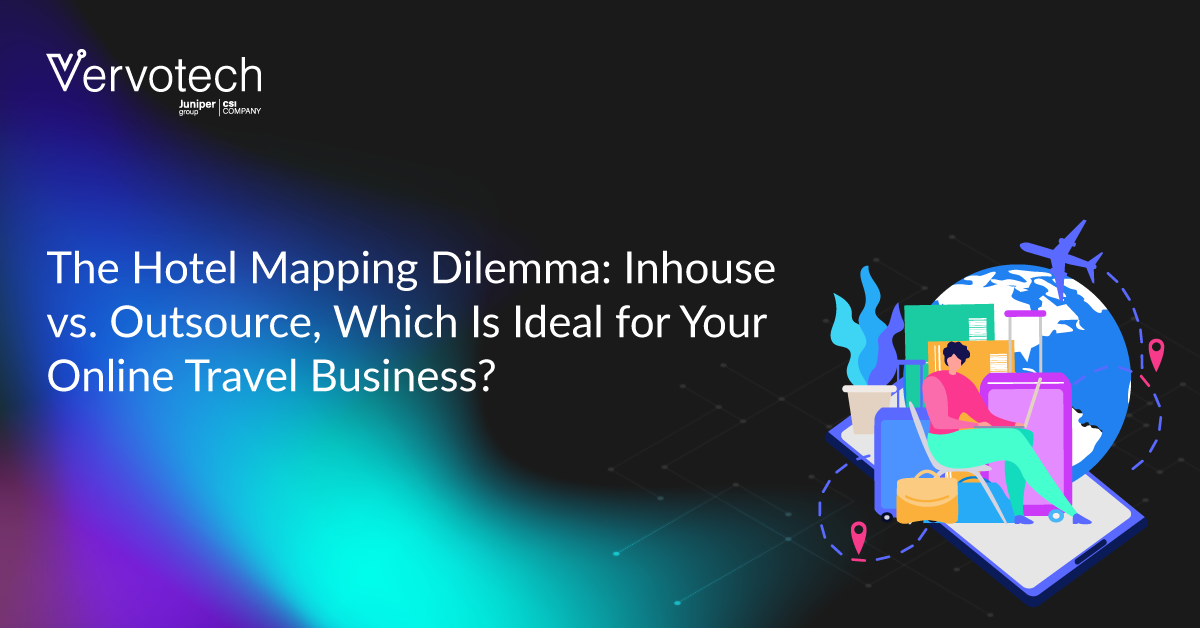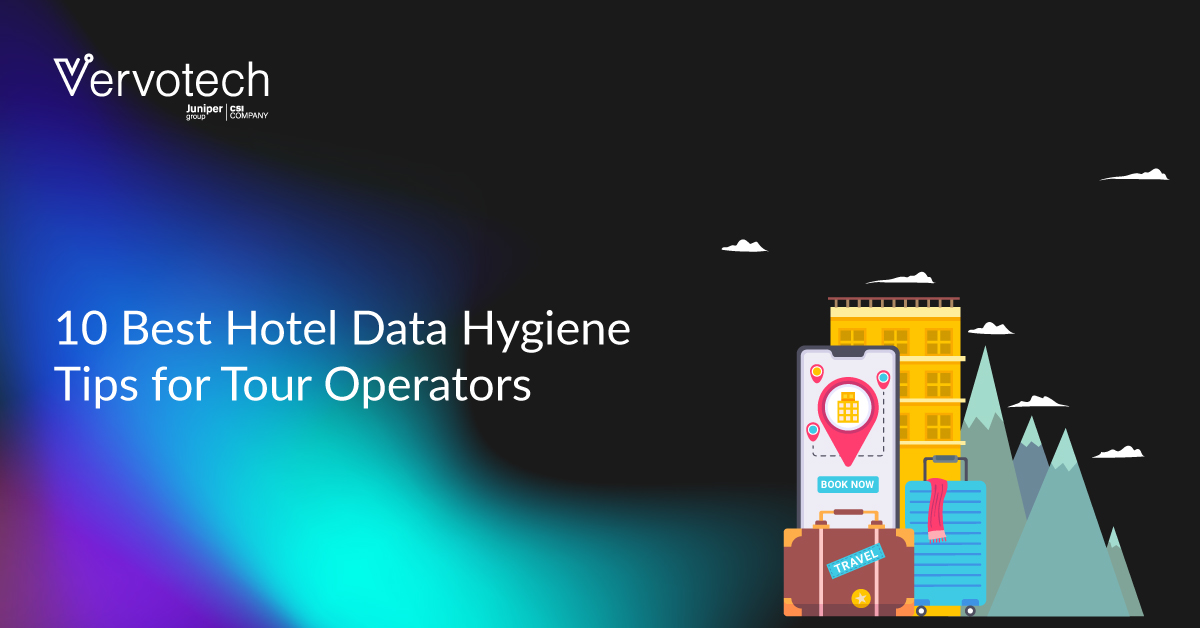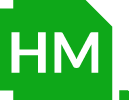The turn of the millennium brought with it several technologies that completely transformed the global business environment. Technologies such as the internet and social media provided a lot of advantages to many businesses that were aware of the potential of these new media. As a result, the companies that were able to incorporate these newer technologies, like Hotel and Room Mapping, into their existing mixes enjoyed a certain competitive edge over the companies that relied heavily on traditional technologies.
TL; DR
- The rise of the internet and online travel agencies (OTAs) in the 2000s transformed the travel industry, making digital listings and bookings the norm.
- Room duplication became a major issue as multiple suppliers listed the same hotel room with varying attributes, confusing travelers and hurting conversions.
- Room Mapping technology solves this by identifying, deduplicating, and standardizing room data across different sources, ensuring clean and accurate listings.
- Manual mapping is time-consuming and unsustainable. AI-powered room mapping automates the process, enabling faster updates, better accuracy, and improved customer experience.
- Vervotech’s AI-based Room Mapping solution helps OTAs and travel businesses streamline operations, reduce errors, and scale efficiently in an increasingly competitive market.
The Rise of Online Travel Agencies (OTAs)
The travel and hospitality sector is no stranger to such changes, having constantly transformed itself through the ages depending on the needs and requirements of society.
O advento da Internet e das plataformas de redes sociais permitiu que os fornecedores de viagens e de serviços hoteleiros dispusessem de uma plataforma muito necessária para apresentar as suas listas. A década de 2000 assistiu ao aparecimento de várias agências de viagens em linha que expandiram agressivamente os seus mercados em mercados novos e emergentes devido ao rápido crescimento do sector das viagens. Foram várias as razões que estiveram na origem desta mudança no sector:
- Tempo de deslocação mais curto entre locais
- Better communication over long distances
- Acesso mais fácil à informação
- New and emerging markets in Asia, Latin America, and Africa
- Novas oportunidades através de empreendimentos comerciais estratégicos
- Ascensão das indústrias de nicho
- Uma mudança na mentalidade e na psique das pessoas
Consumer Shift: Embracing Online Booking
People are much more open towards online booking platforms today when compared to the general population before the internet revolution. This is because the internet provides people with a direct channel to market their products and services, thus leading to better relationships between the provider and the consumer. Therefore, niche industries found their footing, leading to many more people travelling regularly for their business needs. The hospitality providers needed to understand the shift in the market and adapt their ways to better meet the needs and wants of their target market.
Several technology companies started operations to meet these growing needs of the business when it came to optimizing their business practices. If businesses were to evolve into the digital era, they needed to do away with their archaic technologies and incorporate these newer ones to reach more audiences and provide better services. The shift towards an online business model by travel agencies was a step in the right direction, but since the market was new, these companies struggled to find the most optimal ways to sell their products.
Leia também - Como escolher a melhor API de mapeamento de salas
What is Room Mapping Technology?
Room mapping has emerged in the 21st century as one of the leading services in the field that has more or less become a staple over the years. Mapping in the industry ensures accurate and precise data flow between various nodes, thus removing duplicate and erroneous listings on any given platform. With modern cloud-based systems being able to handle thousands of transactions simultaneously, the need for proper, updated, and unique listings on one’s platform is greater than ever.
The Problem Room Mapping Solves: Tackling Room Duplication
When a supplier or an OTA works with multiple suppliers or provides data to multiple other sources, mapping that same data and updating it across all channels can become an extremely tedious process. Hotel and room mapping APIs automate the entire process so that inconsistencies within the system can be removed with a simple click.
Online Travel Agencies face the issue of duplication when it comes to rooms listed on their website. Every data provider provides each room of a hotel differently, but in reality, the same room is listed multiple times with different attributes. Room duplication is a tedious problem since every supplier has different standards when it comes to offering room data. Room Mapping aims to improve the customer experience while finding the right room and optimizing profitability for the business.
How Room Mapping Technology Works: Identifying and Standardizing Data
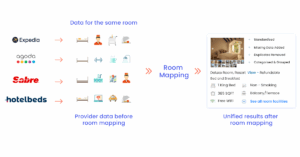
Room mapping is a process of identifying room-level data via multiple parameters, detecting which room listings are the same, and discarding duplicate results. It is carried out to display rooms accurately while sorting them by various filters according to the user’s preference. It is crucial to uniquely identify categories across multiple providers, along with Room type, Description, Room ID, Amenities, Bed type, Policy, and much more for a better customer experience.
Why is Room Mapping Essential for Travel Businesses?
One of the biggest challenges faced by the travel fraternity is the lack of a global standard when it comes to distributing content. Each channel focuses on its own set of rules when distributing content, and this makes it extremely hard for suppliers to consolidate the data that is being sent out. It has been established through years of research and simulation that cross-table mapping is a multi-step process, i.e., the travel businesses usually send their data to a data management company, which then converts that content into their own set of codes, which are then represented in a huge XLS table. This process alone, if not automated, can take up to a month, depending on the type of data that is being consolidated. This mapped data, which is consolidated, is then sent to the various travel businesses for sale on their marketplace.
The Power of Automation: AI in Room Mapping
As the number of listings and overall conversions on platforms increases, manually mapping and updating this data is next to impossible. An automated AI-dependent algorithm that instantly maps the data that is being consolidated across various supplier points will speed up the process of mapping. Therefore, room mapping is quickly turning out to be one of the most essential and critical technologies in the travel industry, the absence of which can vehemently hamper the overall potential of any given business.
Discover Vervotech Mappings: Our AI-Powered Solution
If you want to read more about the history of room mapping and the attributes that you need to focus on, you can read our blog here that discusses in detail the role of accuracy and coverage in room mapping and the ways it can make or break modern travel businesses. You can also click here to learn more about us at Vervotech and the ways our AI-based room mapping API, Vervotech Mappings, are helping leading travel businesses worldwide consolidate their content.
FAQs
1. What is room mapping technology?
Room mapping is the process of identifying and matching similar room listings from different suppliers to eliminate duplicates and ensure consistent, accurate hotel content across platforms.
2. Why is room mapping important for OTAs and travel businesses?
Without room mapping, the same hotel room may appear multiple times with different attributes, leading to confusion for customers and reduced conversions. Room mapping ensures cleaner listings, better user experience, and improved profitability.
3. What problems does room mapping solve?
It addresses room duplication, inconsistent data, and inefficient manual processes. It also ensures that travel platforms can scale without compromising on listing accuracy or customer trust.
4. How does room mapping work?
It uses parameters like room type, amenities, descriptions, policies, and bed types to identify and standardize listings across suppliers. AI-powered systems automate the matching and deduplication process for speed and accuracy.
5. What is the role of AI in room mapping?
AI algorithms quickly process and match vast amounts of room data across multiple sources, significantly reducing manual effort and errors, and enabling real-time updates as inventory changes.
6. How long does manual room mapping take?
Manual mapping can take weeks to complete, especially when consolidating large data sets across suppliers. Automation with AI significantly reduces this time to minutes or hours.
7. How does Vervotech help with room mapping?
Vervotech offers an AI-powered room mapping API that enables travel businesses to automatically deduplicate, standardize, and enrich room content at scale, improving both operational efficiency and customer experience.
